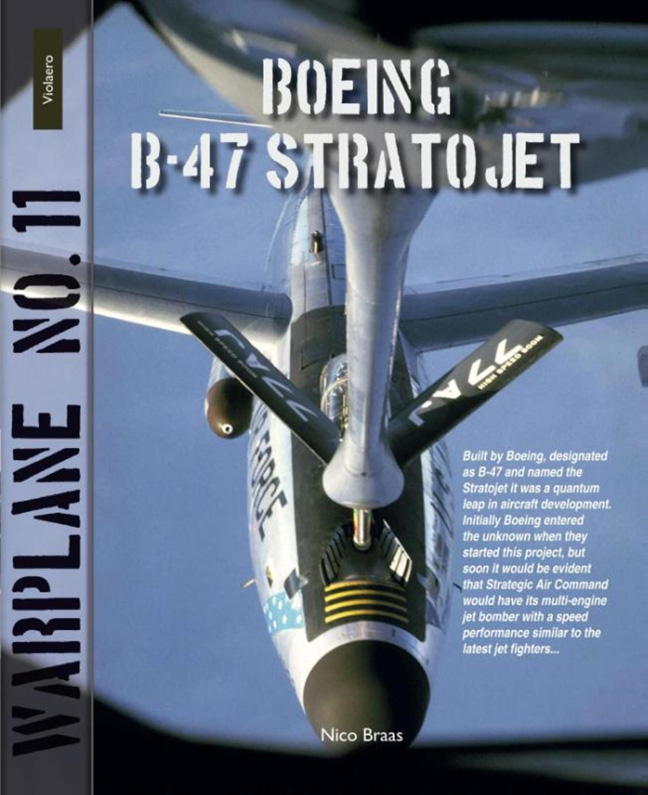Book contents
Summary
At the end of the Second World War in August 1945 large numbers of U.S. bombers were scrapped. This included not only the B-17 and the B-24, but also the, at that time still modern, B-29. This piston engine bomber was further developed into the B-50, fitted with more powerful piston engines. However, by that time it was evident that the jet bomber would soon replace the older generation of piston engine bombers. The first jet bomber to go into production after the war was the North American B-45 Tornado. With its straight wings and conventional construction it was not an excellent performer. It was evident that much more was needed.
This would come from captured German aerodynamic research data on swept wings. With aircraft nearing the critical speed of sound swept wings had many advantages and soon the German ideas were put into practice. The first swept wing fighter would be the North American F-86 Sabre. Soon the swept wing bomber would also be reality. Built by Boeing, designated as B-47 and named the Stratojet it was a quantum leap in aircraft development. Boeing initially entered the unknown when they started this project but soon it would be evident that Strategic Air Command would have its multi-engine jet bomber with a speed performance similar to the latest jet fighters….
Early design and development:
In 1944 the U.S. government released the specifications for a jet-powered bomber to replace the existing B-29. Three companies, Boeing, Convair and Martin finally received a development contract and all three companies built prototypes for testing. The final bomber prototypes from Convair and Martin were the XB-46 and XB-48. They both had straight wings. Convair’s B-46 was fitted with 4 jet engines housed in two underwing engine nacelles. Martin’s B-48 even had six jet engines, grouped in sets of 3 under each wings. The XB-46 and XB-48 made their first flight in the early summer of 1947 when the Boeing design Model 450, known as XB-47, was still under construction. The XB-46 and XB-48 both did not meet the specifications for speed. Boeing’s design was originally also envisioned with a straight wing but with captured German research data available on swept wings the design team made a radical re-design of the original project.
- Type
- Chapter
- Information
- Boeing B-47 StratojetThe Cold War Jet Bomber, pp. 2 - 56Publisher: Amsterdam University PressPrint publication year: 2015

